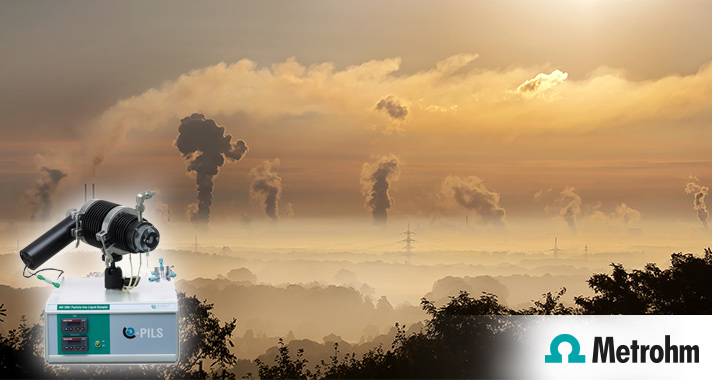Sugar and air quality, they have more in common than you think!
Air quality is important to all of us. Often, we see images of cities overseas shrouded in smog and realise how lucky we are to live in a place that has good quality air. We have this luxury due to consistent regulations around car and industrial emissions and monitoring of our air.
In Australia, one of the main sources of smog is now bushfires or burning off. While we do all we can to avoid bushfires, there is little we can do about the smoke that arises from them. Burning off is a different matter.
Burning off in metropolitan and regional areas is now highly regulated. Even better, the source of fire related smog, be it forest fire or burn off, can be determined by the sugars present in the smoke. By using data obtained through airborne sugar profiles, authorities can prosecute for illegal burning off and set restrictions for burning off under conditions that would see smoke effecting urban areas, thus improving air quality all year round.
Sugar and air, a more important link than it may seem.
Our Application Note “Anhydrous sugar in addition to sugar alcohols and sugar from air filter sampling” describes the analytical process:
Due to residential wood burning, concentrations of levoglucosan, mannosan, and galactosan are typically elevated during the winter months. By contrast, during the summer months, an increased contribution of primarily biological sugar components can be expected. For the analysis of the saccharidic tracers collected on air filters, an optimal separation and sensitivity is achieved on the Metrosep Carb 2 – 250/2.0 column applying pulsed amperometric detection…









